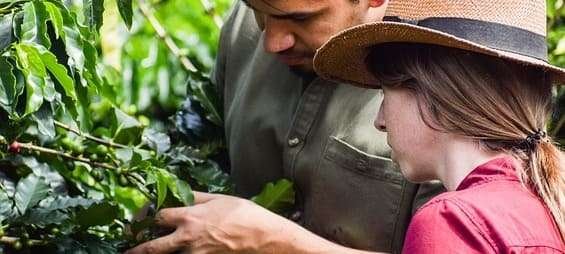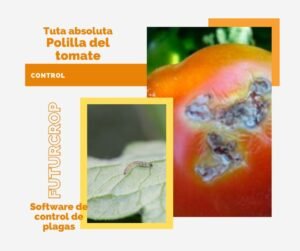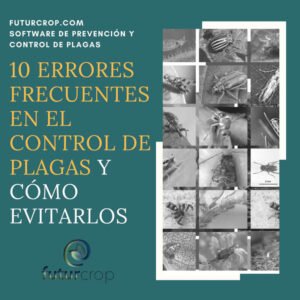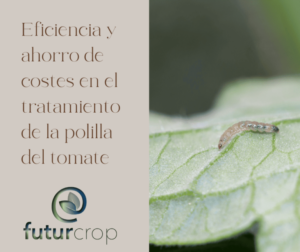Climate change and pest management
Global warming associated with climate change and pest control have associated effects. Rising global temperatures affect the density of agricultural pest populations, their geographic distribution and the length of time they may be active.
Climate-induced changes present challenges for sustainable agricultural programs based on integrated pest management (IPM). If global food production is to keep pace with growing demand, we need new ways of producing, an adaptation of IPM programs and improved response times to new pest outbreaks.
Rising temperatures
Temperatures in most regions of the world are rising, and there are already signs that pests and plants are responding to the changes. These temperatures are not only the result of warmer summer days, but also fewer cold days and less frost. This can favor fungal and pest growth, altering the interaction of the disease triangle (host – pathogen – environment), and thus reductions in crop production.
- The expansion of pests, since in general pests are moving northward.
- The appearance of pests in places far removed from their places of origin.
- Changes in ecosystems that will allow some pests to reach dramatic new population levels, while other species will become extinct.
The spread of pests
In the Northern Hemisphere, migration of pest populations from the south is already being detected. One of the reasons for such expansions is a change in frost patterns. As temperatures increase, frost frequency decreases and frost-free periods increase, resulting in an increase in pest duration and intensity.
Increased temperatures will allow growers to anticipate the planting of their crops. These plants, by being available to the pests that infest them, will allow pest populations to grow even faster by adding additional generations during the growing season. This means that many pests will experience significant population increases at the end of the respective season.
Transboundary pests
New pest species frequently arrive from one country to another, mainly due to the rapid movement of people and goods. Increasingly warmer temperatures, however, mean that pests that previously could not survive can now thrive in their new environment.




Changes in the ecosystems
Warmer temperatures will benefit some pest species over others. In addition, this could lead to the elimination of insect populations, such as a parasite, which could lead to increased damage caused by some species (such as some types of caterpillars) that would likely result in increased pesticide applications.
Pest control software
Integrated pest management (IPM) is the most widely used strategy for pest control. This approach generally integrates biological controls (predators, parasites and pathogens), chemical controls (pesticides) and cultural controls (resistant crop varieties, planting times, etc.) to reduce pests below threshold populations that will cause economic losses.
Most researchers and producers seek to design IPM programs that maximize economic and sustainability returns while minimizing potential environmental impacts.
This strategy is based on a broad knowledge of how many insects can be tolerated before yield losses occur. Already today, because insect development is faster at higher temperatures, populations develop more rapidly and, therefore, crop damage occurs earlier than expected, forcing treatment thresholds based on insects per plant to be adjusted.
IPM programs based on phenological models that correlate temperature and biological development, such as FuturCrop, can be the solution to anticipate pest events and to respond to these pattern changes due to annual temperature variation.
Daily monitoring of the pest stages in its biological cycle makes it possible to pinpoint the date on which changes in the pest’s development occur (oviposition, larval stages, peak flight) etc. In this way it is possible to match the type of treatment with the phase of the pest in which it is most efficient.


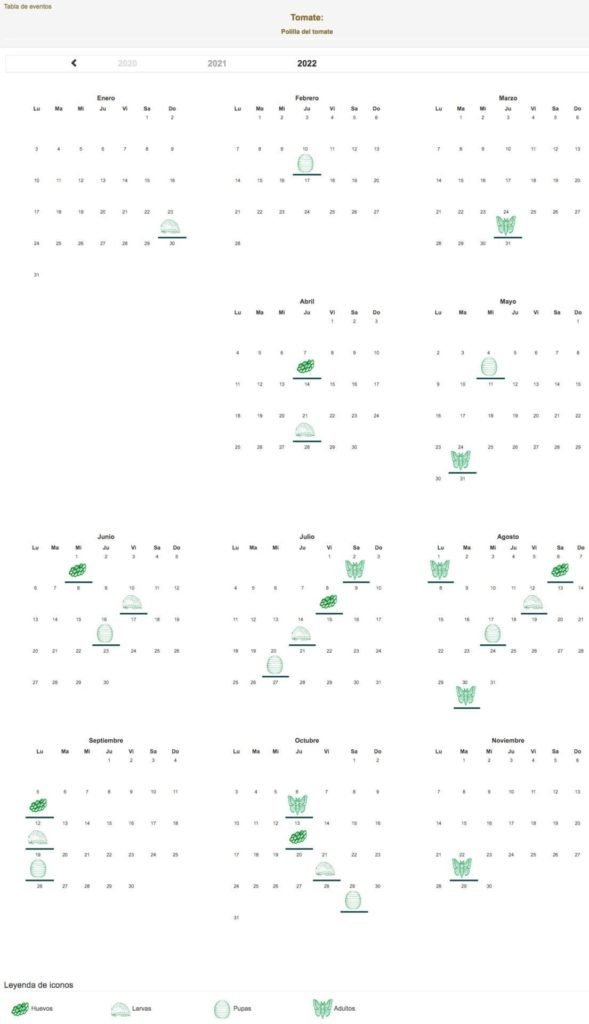
There are reports detailing that even the temperature increases that have occurred to date can reduce the effectiveness of pathogens. In some cases, increased temperatures can greatly reduce efficacy of pest parasites/predators. For example, differences between the thermal tolerances of the host and its parasitoids can lead to temporal or geographic separation between the host and parasitoids. The fly Drosophila Simulans, which is a suitable host for the wasp Leptopilina heterotoma at temperatures between 18°C and 22°C becomes a poor host at 26°C.
Temperatures will favor pests with short reproductive cycles and multiple annual generations. Due to the increased rate of development at higher temperatures, these species could add even more generations and thus could potentially reach a much larger population at the end of the season.

The maximum effect can be expected in those regions where rising temperatures completely eliminate frost, allowing these pests to reproduce throughout the year. This will allow a variety of new tropical and subtropical pests to expand in these areas. The effects of these changes on the diversity of natural and agricultural ecosystems are likely to be profound.
Recommendations
- Constant monitoring and supervision of the presence of pests and incidence of diseases. Identify the life cycles of pests and diseases, in order to carry out phytosanitary applications, with the objective of breaking these life cycles.
- Perform integrated management to conserve or maintain beneficial insect populations.
- As management practices in the event of heavy rains, drainage channels and weed control should be used to avoid an increase in the relative humidity of the crop.
- Polyculture or agro biodiversity within a lot allows beneficial insects or fungi to be present and reduce pest populations.
- Manage an adequate planting density, which favors microclimate conditions in the crop.
- Weed management to reduce host plants for pests and pathogens.
- The implementation of live barriers or live fences, which limit the entry or spread of new pests to the crop.
Information
Five ways climate change is intensifying the threats to plant health. FAO

